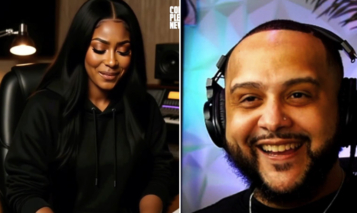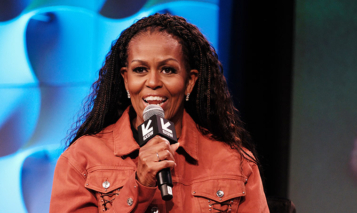
There is an unspoken rule in the black haircare magazine industry: don’t ever feature Caucasian women on the cover.
This rule is based on the fundamental truth that Caucasian (and multi-racial) women are not black.
This golden rule was broken by UK’s Black Hair magazine when it featured Caucasian model Emily Bador on the December/January 2017 cover.
To add insult to injury, the photo they used is at least 3 years old.
Bador expressed her sincerest apologies to her black Instagram.com followers after she learned an old photo of hers was used on the cover of a magazine that caters to black women.
Bador, whose hair is bone straight, admits that the curly, kinky hairstyle she wore for a photo shoot when she was only 15 was a form of cultural appropriation.

“I would deeply and sincerely like to apologise [sic] to every one for this, and black women especially. I would like to clarify, I believe this shoot is from when I was around 15 and didn’t understand cultural appropriation or the impact it has on POC.”
She added:
“I didn’t understand that shoots like this support the very Eurocentric beauty standard that the mainstream media focus on which reinforce the idea that black features are only ok on white women.”
She said she had no idea the image was submitted to the magazine for a cover shot.
“I’m upset and angry I was never asked by the photographer/hair salon/anyone if this image could be used for the cover Black Hair.”
Bador should not shoulder the blame for this inexcusable error in judgment.
The blame falls squarely on the magazine’s editing staff for not knowing that mixed race and biracial women are not black and should never cover a black hair magazine.
Black girls, particularly in America, are taught from birth that their own natural hair is not as desirable as Caucasian or Asian hair.
Black women have helped build the hair extensions market into a $500 billion dollar industry.
The real shame is none of that money is reinvested back into the black community.







